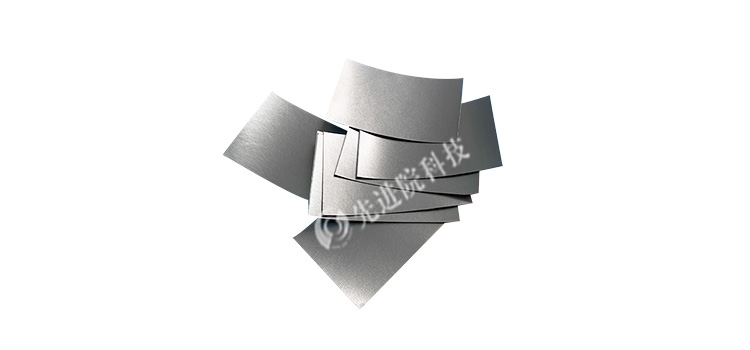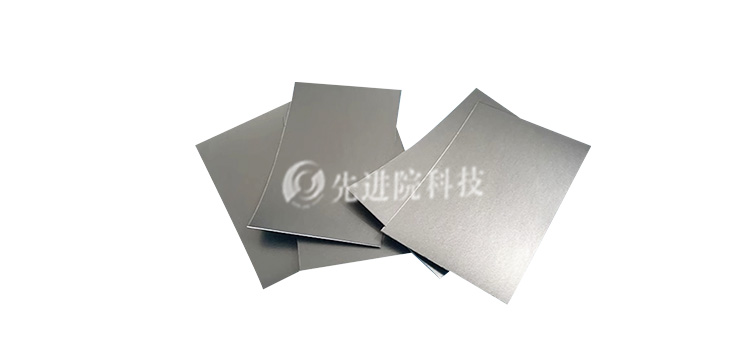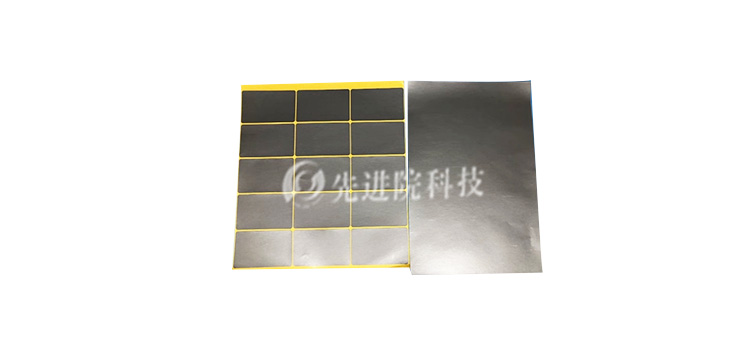RFID (Radio Frequency Identification) and NFC (Near Field Communication) technologies have been widely used in modern life, and anti metal absorbing materials play an important role in these two technologies.
Definition and Function
-
definition:
- RFID anti metal absorbing material: It is a material specially designed for use in RFID systems, which can prevent or reduce electromagnetic interference to metal objects, thereby ensuring the normal operation and accurate reading of RFID tags or readers.
- NFC anti metal absorbing material: In NFC technology, this material is also needed to prevent metal objects from interfering with NFC signals, ensuring the stability and reliability of NFC communication.
-
effect:
- Improve the reading accuracy and stability of RFID and NFC systems.
- Prevent interference and shielding of RFID and NFC signals by metal objects.
- Suitable for RFID and NFC applications on various metal surfaces, such as metal packaging, metal containers, metal equipment, etc.

Material characteristics
-
Absorption performance:
- These materials have good absorption properties and can absorb and dissipate electromagnetic wave energy, thereby reducing interference with RFID and NFC systems.
-
Metal resistance performance:
- Through special design, these materials can effectively prevent metal objects from shielding and interfering with RFID and NFC signals.
-
Weather resistance and stability:
- These materials typically have good weather resistance and stability, and can maintain their performance under various environmental conditions.

Application scenarios
-
Intelligent packaging:
- Using RFID and NFC anti metal absorbing materials on metal packaging can ensure accurate tag reading and improve logistics management efficiency.
-
Metal equipment identification:
- Using these materials on metal equipment can achieve accurate identification and tracking of the equipment, improving the convenience of equipment management.
-
Mobile payment and access control system:
- The use of NFC anti metal absorbing materials in mobile payment devices and access control systems can ensure the stability and security of NFC communication.










